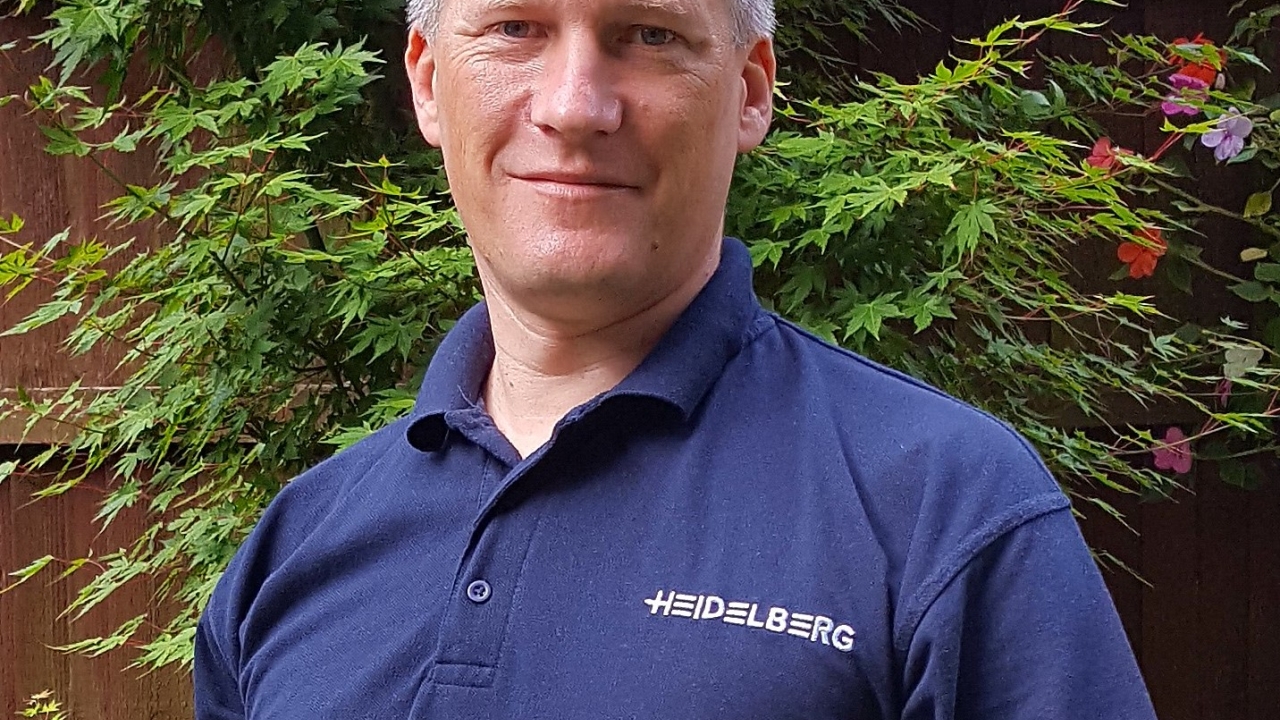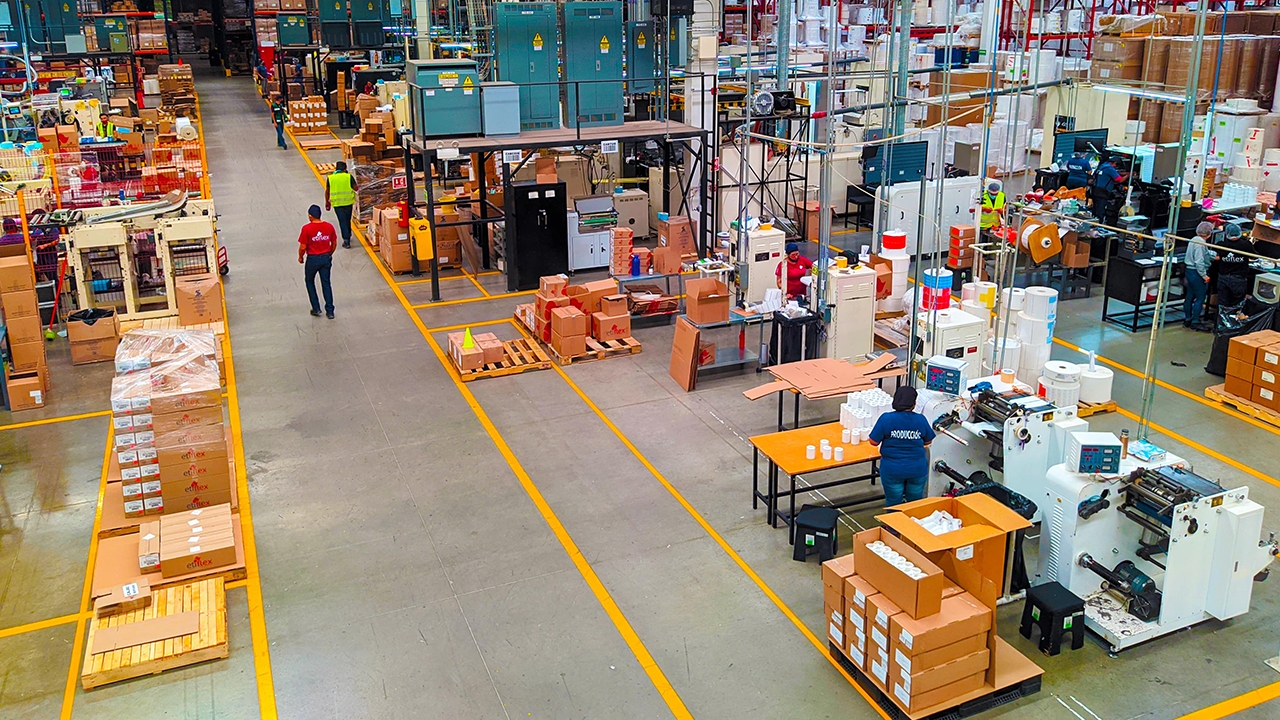Heidelberg UK appoints Prinect expert to meet demand for integration
Heidelberg UK has added to its Prinect MIS and workflow team, with Simon Biddlecombe joining the company as a pre-press trainer and integration specialist.

His time will be split between demonstration, training and on-site workflow implementation. He joins a team that includes, for the north, Dave Naylor (sales) and David Grimshaw (service) and, for the south, Colin Snowball (sales) and Dave B. Smith (service). They are supported by existing integration specialists Neil Blakely and Graham Avery, and Simon Welton and Paul Hartley supporting for software. A helpdesk and other specialists provide additional support behind the scenes at Heidelberg UK.
Biddlecombe has joined Heidelberg UK from Sterling Press, where he was workflow systems manager with experience of Tharstern MIS and Prinect production modules.
‘I am particularly excited about Heidelberg’s Business Manager MIS and the ability to integrate administrative, management and production modules,’ commented Biddlecombe. ‘Coming from a printing background means I understand the benefits workflows can bring and how they work in practice. As an integrator I also appreciate the need to create systems with least disruption to the daily running of the business.’
Paul Chamberlain, who is the Prinect business driver at Heidelberg UK, outlined what Biddlecombe brings to the company. ‘At drupa Heidelberg showed printers just how automated their businesses could become and Prinect is a critical element because today printers are handling so many more jobs. As runs get lower, the administration and control of work from order to delivery becomes more and more critical. Integration and the ability to link business and production processes and to manage offset litho and digital production (including color control) with equal ease is vital.
‘As more and more customers seek our help in this area it is critical we have the expertise to meet demand.’
Stay up to date
Subscribe to the free Label News newsletter and receive the latest content every week. We'll never share your email address.

